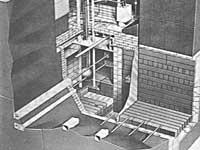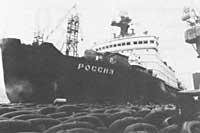History of Shipbuilding XV: of the Thaw
1988/02/01 Azkune Mendia, Iñaki - Elhuyar Fundazioa Iturria: Elhuyar aldizkaria
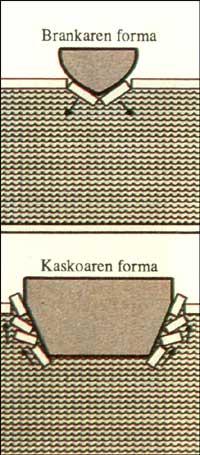
The wooden ships were strengthened from 1839 to withstand the pressure of the ice, but until 1899 no authentic thaw was made. The first was Yemark, made for Russia in Britain by the design of Admiral Makarov.
Since then, the new brands and changes have been constant on the thaw ships. In 1914, for example, Commander Vilkitski took them from Vladivostok to Arkangele to defeat two of the ice, despite standing on the ice for ten months. After World War II, the steam engine was replaced by diesel engines for its propulsion, and in 1957 appeared Lenin, a thaw ship by nuclear energy.
The ice that must break these boats is not always the same. There are two different layers of ice in the cold seas. One is originated only in a season of the year, on the shores of polar seas (quite far from the pole) and in areas exposed to wind. The ice layer is broken forming platforms called flöe. The set of channels between platforms and platforms is called pack.
In the area of Finland there is a layer of ice of this type in the sea that breaks with relative ease. The thaw boats that circulate through it have an almost flat bottom and a bow with propellers. When the thorax is placed on the ice plate, the propeller (bow) powered by an independent engine removes the ice from the keel. In this way, by not having support under, the ice breaks more easily.
In some of these de-icing vessels, in addition, compressed air is injected underneath to make the friction between the ice and the container less than the sides.
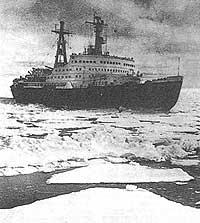
However, there is another type of ice layer in the seas near the pole. Its pack is harder and stronger ships are needed. Normally the ice ones have worked with pure force, hitting the ice with the bow and with all its weight. If you can't break the ice, you have to pass the water from some water deposits inside the boats to other water deposits. The bow rises and falls to the blow to break the ice layer. Sometimes, taking advantage of this water that circulates through the ballast, the boat inclines with basil so that it does not remain prisoner in the ice. In recent times, some of the ice breaks have propellers of spray arms to improve the performance of ice layers.
In 1977, the Soviet thaw ship called Arktika reached the North Pole by cutting its hard pack. He left Murmansk on August 9 and after sailing 2700 miles in eight days, he reached his destination. This ship had nuclear propulsion and its autonomy was unlimited.
Germany and Finland have not selected nuclear energy for thaw vessels. But the main reason for this is cheaper than technical. And it is that ships like Arktika, apart from atomic propulsion, moreover, by design, are absolutely normal.
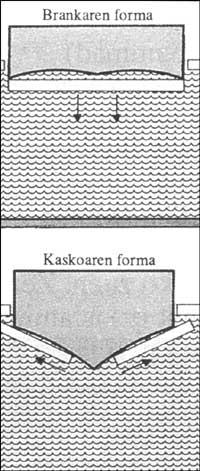
In Germany, however, ice falls have been made again in design. The chest of the boat will be up, but the submarine bow will be flat, almost as flat as the biggest boat to disembark. You will take advantage of the kinetic energy and weight of the boat to break the ice layer, but you will be given a design to work as the knife cuts the cheese. The open channel on the bow will not need to open the helmets on the sides. In fact, the sharp keel will send ice cubes to the sides. This new design improves the performance of the vessel and allows to work without atomic propulsion.
However, it cannot be denied that more and more collapses are going to occur. Around the poles there is a lot of wealth (oil, gas, minerals, etc.) The need to navigate the icy seas is increasing. But sailing safely is something else. In these icy seas, headaches have been frequent.
In October 1983, for example, 26 Soviet ships were paralyzed without going back or advancing in the north of Siberia, while many others were in serious condition. Lenin’s own thawing plant could not approach it either and they transported food for the imprisoned sailors by helicopter. Then came the atomic ships Arktika (now called Leonid Brezh>) and Sibir, after having overcome many obstacles and difficulties.

Gai honi buruzko eduki gehiago
Elhuyarrek garatutako teknologia




